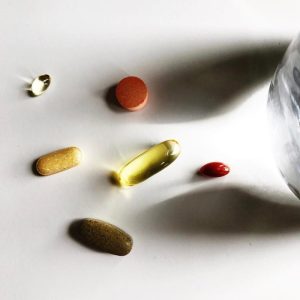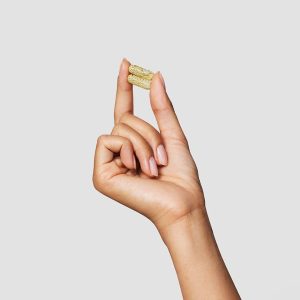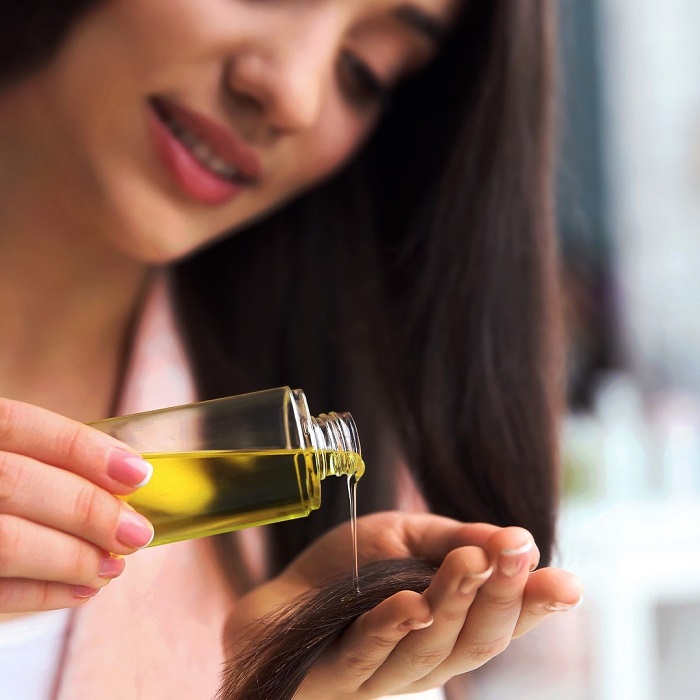
When it comes to hair care, one of the most frequently asked questions is, “How many times a week should I oil my hair?” Oiling your hair is a traditional practice that can provide numerous benefits, including nourishment, moisture retention, and overall health. However, the ideal frequency for oiling can vary based on factors such as hair type, scalp condition, and individual lifestyle. In this article, we will explore the benefits of oiling, the factors that influence how often you should oil your hair, different oiling techniques, recommendations for specific hair types, and tips for maximizing the benefits of hair oiling.
Understanding Hair Oiling and Its Benefits
Embracing hair oiling can transform your hair care routine, offering profound benefits for both hair and scalp. Using hair oils is akin to providing essential nutrients; it’s a vital source of nourishment that aids in hair growth, strength, and luster. Just as your body requires a balanced diet to function optimally, your hair needs oiling to maintain its health and vitality.
Key ingredients in hair oils and their advantages
Hair oils are packed with potent ingredients that offer a suite of advantages for your locks. For instance, coconut oil is an all-star for deep conditioning, while argan oil is known for its ability to add shine and reduce frizziness. Jojoba oil mirrors the scalp’s natural sebum, making it a perfect choice for balancing oil production. Each oil has a unique blend of vitamins and fatty acids which are key to healthy hair.
- Coconut oil penetrates hair deeply, reducing protein loss.
- Argan oil is high in antioxidants, essential for repairing hair damage.
- Jojoba oil regulates scalp sebum, preventing either dryness or excessive oiliness.
Impact of hair oiling on scalp health and hair strength
Regular oiling can have a remarkable impact on scalp health. It moisturizes the scalp, fostering an environment that’s conducive to hair growth. The act of massaging oil into the scalp can boost blood circulation, which in turn strengthens hair roots. This ritual not only feeds the scalp with necessary nutrients but also reinforces hair strands from the root to the tip, effectively minimizing hair breakage and loss.
A well-oiled scalp is less prone to flakiness and dandruff, while the hair becomes more resilient against the daily wear and tear caused by environmental stressors and styling products. Incorporating oiling into your hair care practice lays the groundwork for stronger, more vibrant hair.
Types of Hair Oils and Their Specific Uses
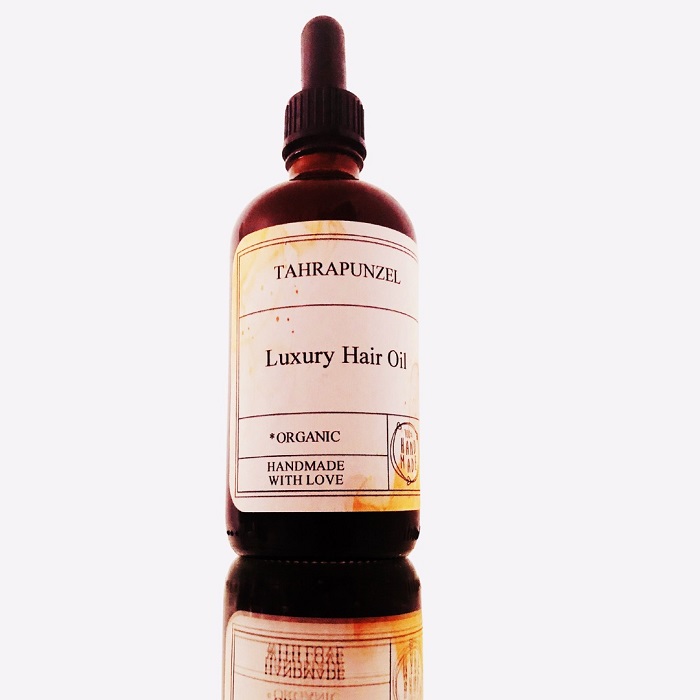
Choosing the right hair oil is crucial for effective hair care. Different oils offer unique benefits tailored to various hair needs and types. Here’s a deeper look into how coconut, argan, and jojoba oils serve different hair concerns.
Coconut, Argan, and Jojoba oils – benefits for different hair types
- Coconut Oil: Ideal for all hair types, especially dry and damaged. It penetrates deep to prevent protein loss and promote hair growth.
- Argan Oil: Best for frizzy or coarse hair. It enhances shine and smooths hair with its high antioxidant content.
- Jojoba Oil: Great for oily hair or sensitive scalps. It balances scalp oil production and mimics natural sebum.
Each oil addresses specific hair concerns, from dryness to excessive oiliness, impacting hair health positively.
Specialized oils for treating issues like dandruff and dry scalp
For scalp issues like dandruff or dryness, certain oils can be particularly beneficial:
- Tea Tree Oil: Known for its antimicrobial properties, it helps combat dandruff and soothe the scalp.
- Peppermint Oil: Stimulates circulation, promoting hair growth and reducing dandruff.
Using these specialized oils can alleviate scalp issues, leading to healthier, more resilient hair.
Step-by-Step Guide to Proper Hair Oiling
Choosing the right oil for your hair type
Selecting the right hair oil is crucial for nourishing your hair correctly. Let’s look at how to choose the best oil based on your hair type. If your hair is dry or damaged, coconut oil can be deeply hydrating. Meanwhile, argan oil should be your go-to if you’re combating frizz or coarse texture. For those with oily hair, jojoba oil is excellent as it helps regulate the oil production on your scalp.
Remember, each oil brings different vitamins and minerals that benefit hair health. Coconut oil helps reduce protein loss. Argan oil, packed with antioxidants, is perfect for damage repair. And jojoba oil works well to balance the scalp’s natural oils. The selection process must consider not just hair type, but also the specific hair concerns you’re addressing.
Optimal techniques for applying hair oil
To get the most out of your hair oil, there’s a proper application technique to follow. Start by heating the oil slightly for better absorption. Use your fingertips to massage the oil onto your scalp gently. Do this in circular motions to boost blood flow and effectiveness.
Cover your hair with a warm, damp towel. This step helps the oil penetrate deeply into the hair shafts. Leave the oil in for at least one hour, but for an intensive treatment, overnight is best. When it’s time to wash it out, shampoo thoroughly to remove all the oil, ensuring no residues are left.
In cases where you’ve used essential oils, be cautious. They should not remain on your hair for more than a couple of hours. Over-oiling or leaving oils on for too long can attract dirt and lead to buildup. So, be mindful of the technique and timing when oiling your hair to avoid any negative effects.
Common Mistakes to Avoid When Oiling Hair
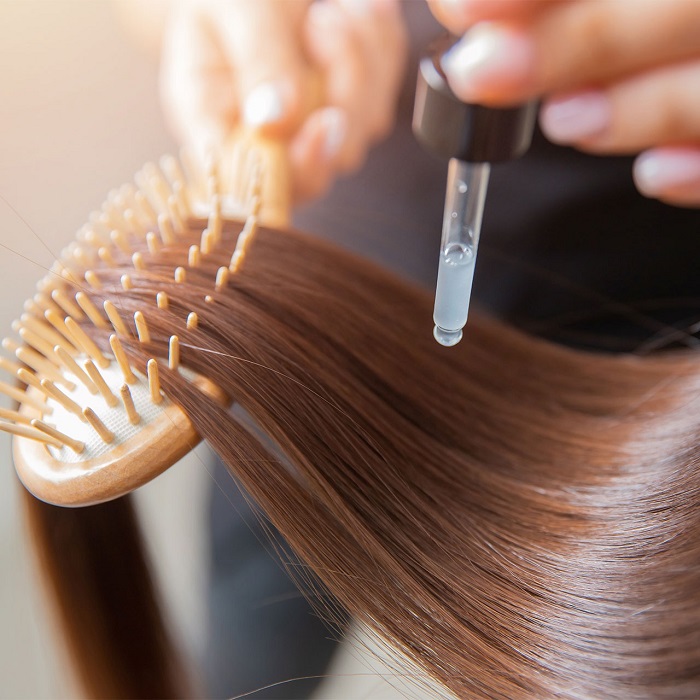
Applying hair oil can do wonders for your hair, but it’s easy to make mistakes. To ensure that oiling benefits your hair rather than harms it, be aware of common pitfalls.
Over-oiling and its effects
Over-oiling can weigh hair down, making it look greasy. It also attracts dirt and can cause build-up on the scalp. Excessive oil doesn’t mean more benefits; instead, it increases the likelihood of clogged pores and potential scalp problems. Stick to a few drops or teaspoons, depending on hair length and thickness.
To avoid over-oiling, measure out the oil before application. For short hair, use a small amount; for longer hair, a bit more. Always spread the oil evenly, focusing on the ends, which are prone to dryness. After oiling, if hair looks excessively shiny or feels sticky, you’ve likely applied too much.
Timing and frequency mistakes that could damage hair
How many times a week should I oil my hair? Not daily. Too frequent oiling can lead to an overburdened scalp, creating the perfect environment for issues like dandruff. Generally, oiling 1-2 times a week is sufficient. The ideal frequency depends on your hair type and needs.
Timing is crucial; don’t rush to shampoo your hair immediately after oiling. Allow the oil to sit for at least an hour, or overnight for deeper conditioning. On the other hand, leaving oil in for too long, such as multiple days, may attract dirt and cause build-up. Listen to your hair’s needs, and establish a routine that maintains healthy, hydrated hair without going to extremes.
The Science Behind Hair Oiling Frequency
To achieve the best results for hair growth and strength, understanding the science behind oiling frequency is essential.
How often to oil based on hair type and condition
Each hair type has unique oiling needs. Dry or damaged hair benefits from oiling once or twice a week to restore moisture. Fine or thin hair may require less frequent oiling to avoid weighing it down. Oily hair types should limit oiling to once every two weeks to prevent excess buildup. Those with normal hair can stick to a weekly oiling routine for maintenance.
- Dry or damaged hair: 1-2 times a week
- Fine or thin hair: Less frequent, adjust as needed
- Oily hair: Once every two weeks
- Normal hair: Once a week
Additionally, pay attention to your hair’s response to oiling to fine-tune the frequency.
Adjusting frequency for environmental factors and styling habits
Your environment and styling habits also play a role in how often you should oil your hair. In dry climates or during winter months, you may need to oil more frequently to combat the lack of humidity. On the other hand, if you live in a humid area or during summer, less frequent oiling might suffice.
- Dry climates or winter: Increase oiling frequency
- Humid areas or summer: Decrease oiling frequency
Moreover, if you regularly use heat styling tools, extra oiling can help protect your hair from damage. For those who mostly air-dry and use minimal products, sticking to the basic guidelines according to hair type may work well. Listen to your hair and adjust accordingly.
Oiling for Specific Hair Concerns

Oiling strategies for dry, damaged, or thin hair
Dry, damaged, or thin hair needs careful oiling. Here’s how:
- Choose Moisturizing Oils: Opt for oils like coconut, olive, or argan. They provide deep hydration.
- Frequency: Oil your hair 1-2 times a week. This helps restore and maintain moisture balance.
- Application: Warm the oil slightly. This enhances absorption. Apply oil from the scalp to the tips.
- Duration: Leave the oil in for at least an hour, or overnight for intensive treatment.
Using these methods aids in revitalizing dry, damaged, or thin hair, giving it strength and shine.
Adjustments for oily hair and sensitive scalps
Oily hair and sensitive scalps require a lighter touch. Here’s a smart approach:
- Choose Light Oils: Jojoba and grapeseed oils are best as they don’t weigh hair down.
- Frequency: Oil once every two weeks. This prevents excess oil buildup.
- Application: Apply a small amount only to the ends and mid-lengths, not the scalp.
- Duration: Keep the oil on for a shorter period, about 30-60 minutes.
This regimen helps manage oil production while ensuring that the hair remains nourished and healthy.
Maximizing the Benefits of Hair Oiling
To get the most out of your hair oiling routine, integration is key. Pairing oiling with your regular hair care practices enhances overall hair health. Here are ways to combine oiling with other routines for optimal results.
Combining hair oiling with other hair care routines
Marrying hair oiling with your regular hair care schedule can lead to luscious locks. Here’s how to harmonize the two:
- Integrate with Shampooing: Apply oil before you shampoo. This can shield hair from harsh cleansing agents.
- Follow with Conditioning: After oiling and shampooing, always condition. This seals in moisture.
- Align with Hair Masks: Use oil before a hair mask for extra nutrition.
Remember, don’t mix oiling with hair coloring. The oil can affect how color sets in your hair.
Best practices for washing and drying oiled hair
Washing and drying oiled hair demands attention. Follow these steps to avoid residue and keep hair healthy:
- Rinse Thoroughly: Use warm water. It helps remove oil without stripping natural moisture.
- Shampoo Wisely: Choose a mild shampoo. Lather well to cleanse the oil out.
- Gentle Drying: Pat hair dry with a soft towel. Avoid rubbing or heat drying.
By following these practices, you can keep your hair nourished and avoid the pitfalls of improper oiling. Combining hair oiling with the right care techniques will keep your hair looking its best.
